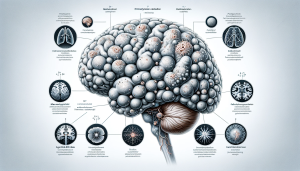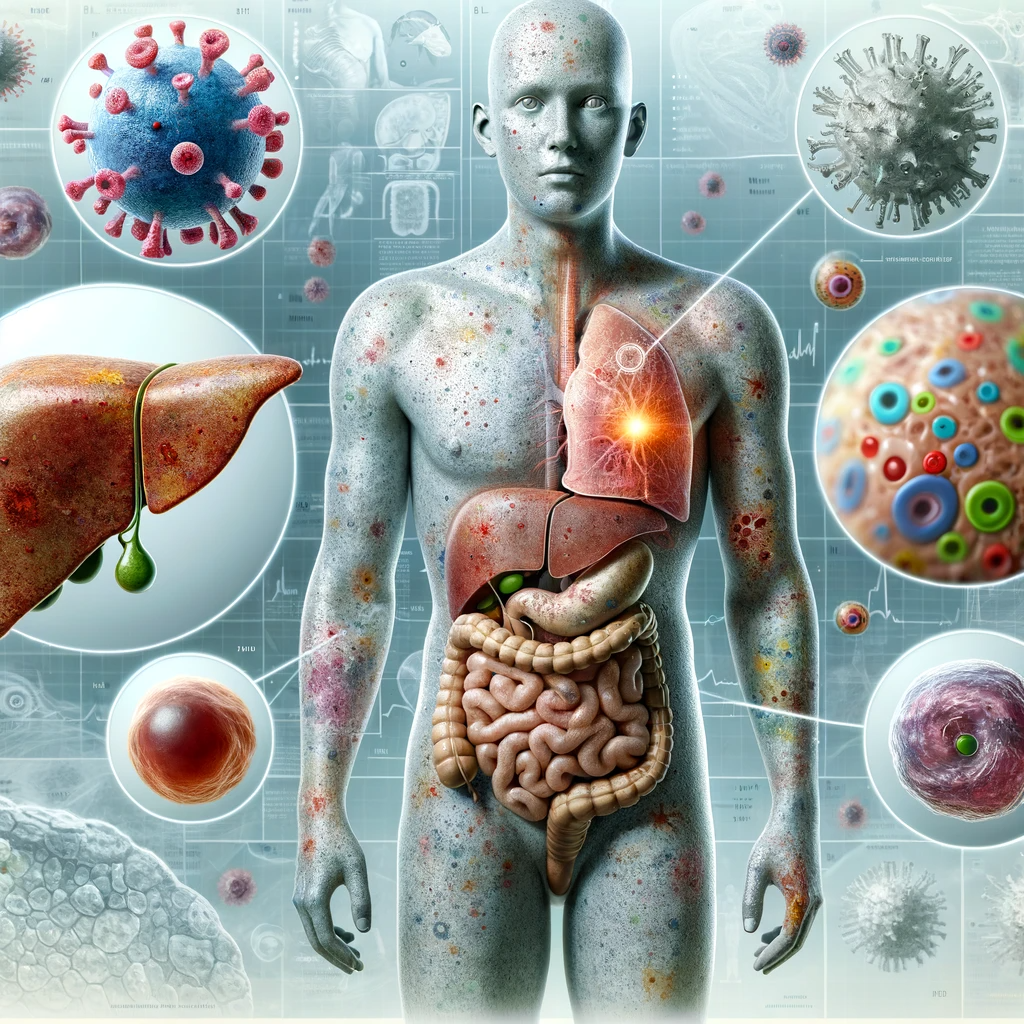 Abstract
Abstract
Fahr’s Syndrome, also known as Primary Familial Brain Calcification (PFBC), is a rare neurological disorder characterized by abnormal calcium deposits in the brain. This in-depth review examines its pathogenesis, clinical manifestations, diagnostic challenges, and current treatment strategies.
Introduction
Fahr’s Syndrome (PFBC) is an uncommon neurodegenerative condition marked by the presence of bilateral calcifications in the basal ganglia and other cerebral regions. Although its etiology is often idiopathic, familial cases suggest a genetic component. PFBC’s distinctive neuropathological feature sets it apart from other neurodegenerative disorders and provides a unique window into brain calcium metabolism.
Pathogenesis
The pathophysiology of PFBC is not fully understood, but it involves abnormal calcium-phosphate metabolism leading to calcium deposition in the brain. Genetic mutations in several genes, including SLC20A2, PDGFB, and PDGFRB, have been linked to familial forms of the disease. These mutations disrupt cellular calcium transport and signaling, contributing to calcification.
Clinical Presentation
Clinical manifestations of PFBC are highly variable, ranging from asymptomatic cases to severe neurological impairment. Symptoms can include movement disorders (such as parkinsonism and chorea), cognitive decline, psychiatric disturbances, and seizures. The onset and progression of symptoms are typically insidious and may vary significantly among affected individuals.
Diagnostic Approach
Diagnosis of PFBC is primarily based on neuroimaging findings, typically CT scans showing characteristic brain calcifications. MRI may also be used to assess the extent of brain involvement. Genetic testing can confirm a diagnosis in familial cases. Differential diagnosis includes other causes of intracranial calcification and neurodegenerative diseases.
Therapeutic Management
Management of PFBC is symptomatic and supportive, as there is no cure or standard treatment for the underlying calcification. Treatment strategies focus on managing specific symptoms, such as using dopaminergic agents for parkinsonian features or antiepileptic drugs for seizures. Rehabilitation therapies are also important for maintaining mobility and quality of life.
Prognosis and Future Directions
The prognosis of PFBC varies widely, depending on the severity of symptoms and rate of progression. Research is ongoing to better understand the molecular mechanisms underlying brain calcification and to explore potential therapeutic targets.
Conclusion
Fahr’s Syndrome (PFBC) presents unique challenges in neurology due to its variable clinical presentation and the lack of specific treatments. Further research into its pathogenesis and clinical management is essential to improve care for affected individuals and to shed light on the broader implications of brain calcification.





